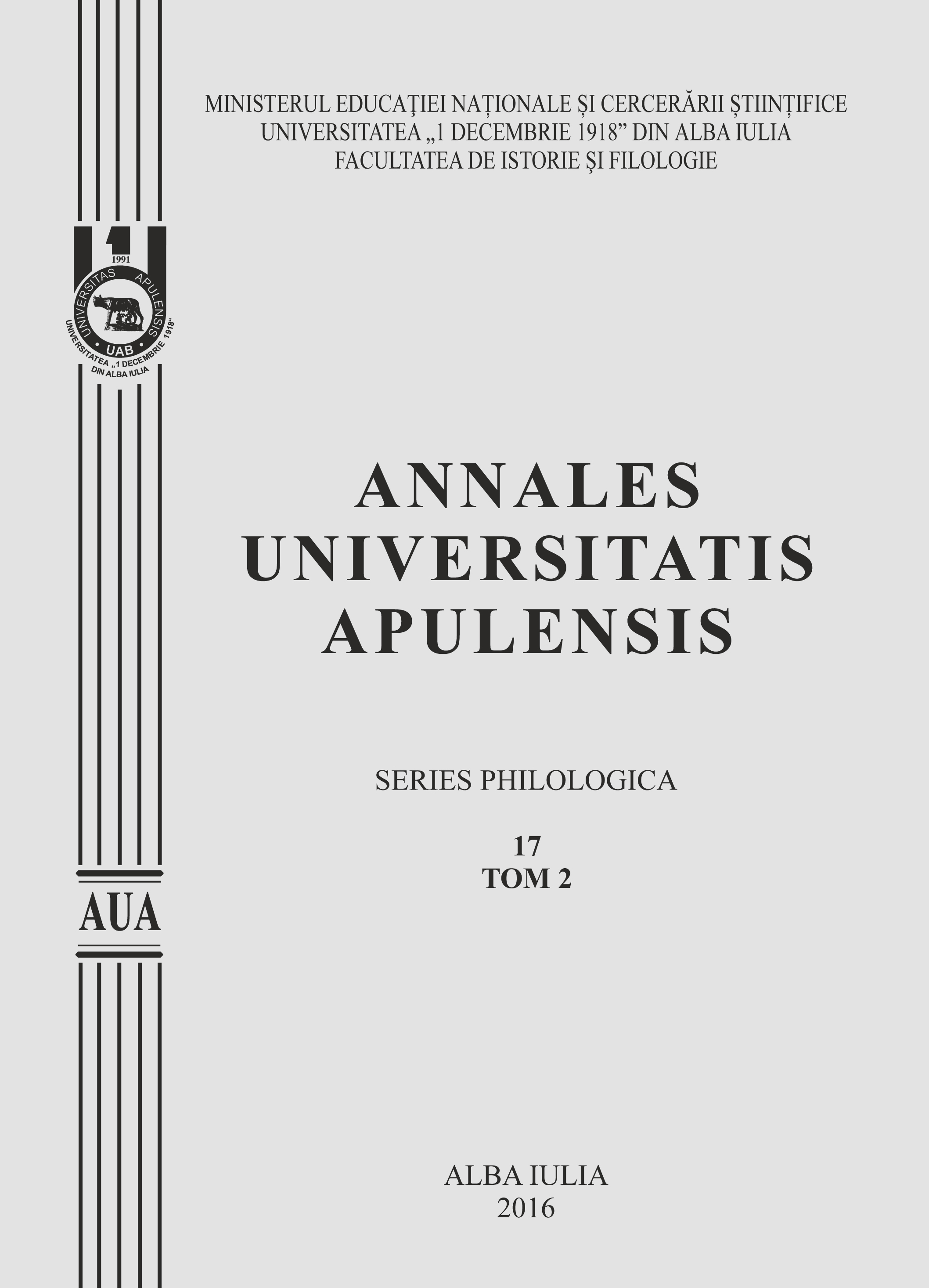THE WOODEN LANGUAGE USED BY THE ROMANIAN PERIODICALS FOR CHILDREN DURING THE COMMUNIST REGIME
THE WOODEN LANGUAGE USED BY THE ROMANIAN PERIODICALS FOR CHILDREN DURING THE COMMUNIST REGIME
Author(s): Țâgșorean CarmenSubject(s): Language and Literature Studies
Published by: Universitatea »1 Decembrie 1918« Alba Iulia
Keywords: communism; wooden language; children’s press; propaganda
Summary/Abstract: The Romanian periodicals dedicated to children were granted with one of the highest degrees of confidence at the beginning of the communist regime. Thanks to their prestige, tradition, and goals, the periodicals for children were considered to be free of political manipulation. The installation of the communist regime led to a radical transformation of the entire Romanian media, not only in terms of the topics they used to carry. As for the publications dedicated to children, a substantial change became noticed when referring to language. If the original purpose was to develop the imagination, the culture and the language of their readers, once the communist regime came to power, the magazines were turned into instruments of manipulation. The indoctrination of the children was the first priority of the communist propaganda. Being at a vulnerable age, the children were easier to manipulate using the language. The purpose of our study is to analyze and to present the wooden language used in the periodicals for children which appeared during the communist time. Our study will include the following magazines: Jurnalulcopiilor (The Children’s Journal), Pionierul (The Pioneer), Cutezatorii (The Brave Ones), Scanteiapionierului (Pioneer’s Spark), Cravata Rosie (The Red Necktie), and Pogonici.
Journal: Annales Universitatis Apulensis. Series Philologica
- Issue Year: 17/2016
- Issue No: 2
- Page Range: 382-394
- Page Count: 13
- Language: English

